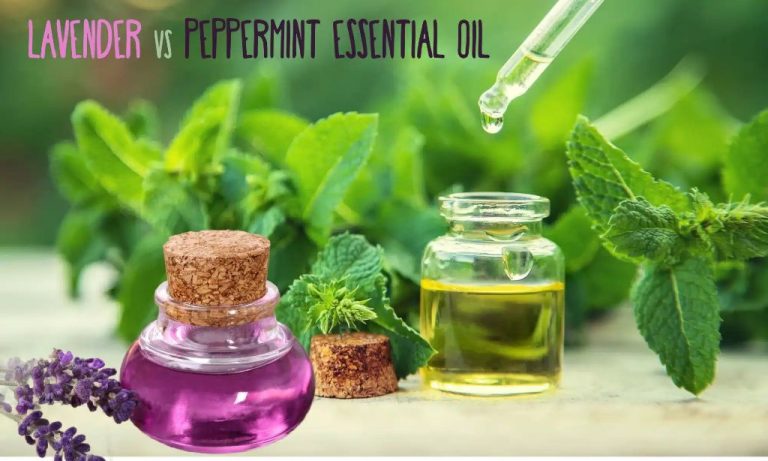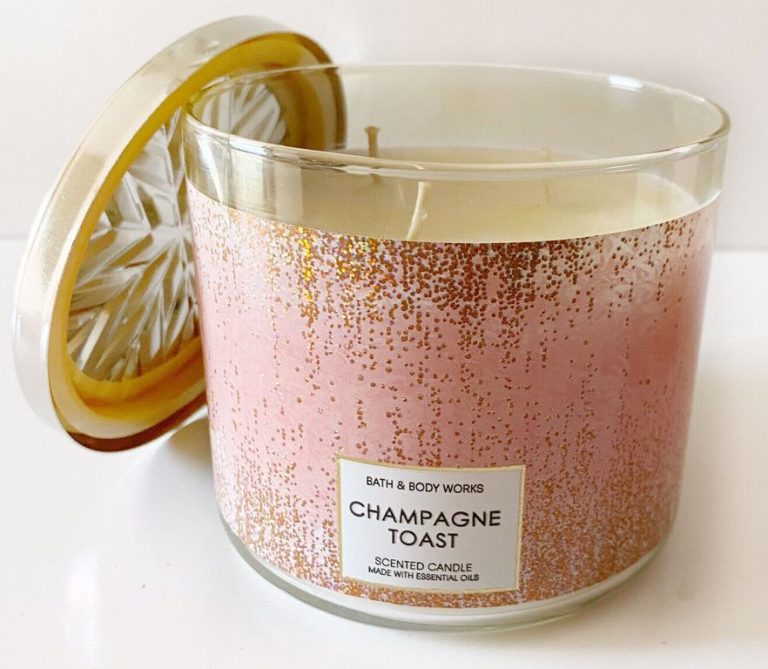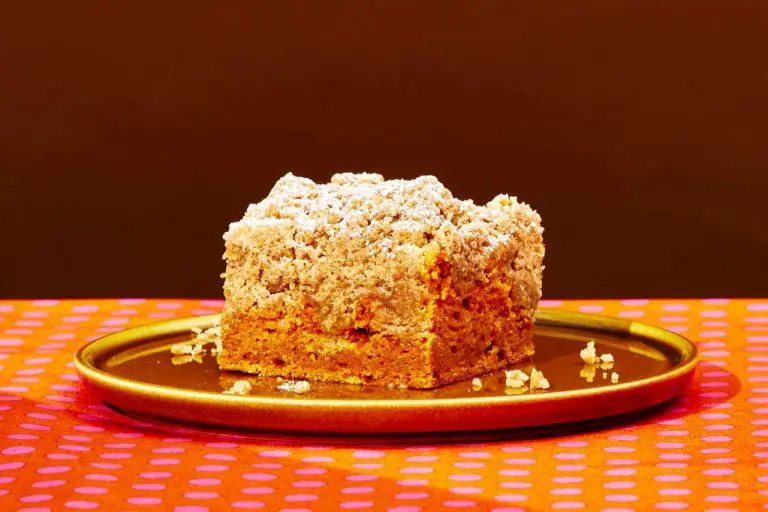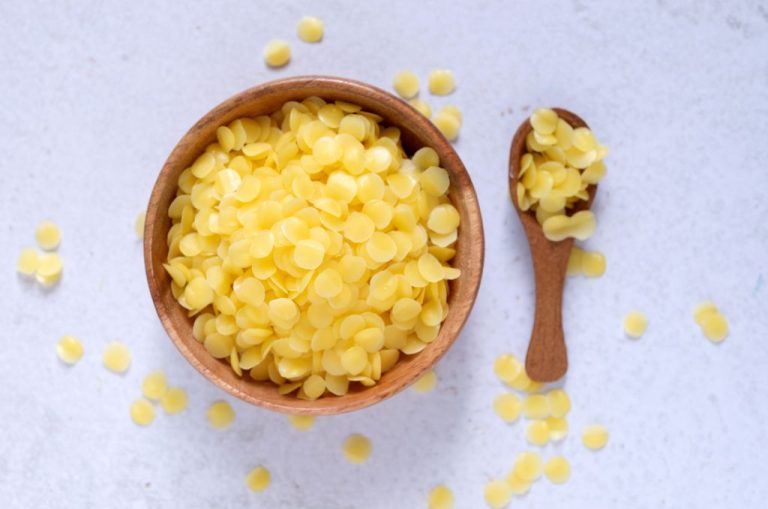What Does A Blue Spruce Smell Like?
The blue spruce tree, with the scientific name Picea pungens, is a coniferous evergreen tree native to North America. It is known for its striking blue-green needles, conical shape, and refreshing pine scent. The unique scent of blue spruce is an important part of its appeal and natural history.
The needles and bark of blue spruce trees produce aromatic compounds that give them their distinctive piney fragrance. This crisp, woodsy scent is strongest in warm weather and can range from mild to intense. For many people, the nostalgic scent of blue spruce evokes the freshness of the outdoors and reminds them of holiday decorations. Understanding the scent properties and why they occur can help appreciate this beloved conifer.
Appearance of Blue Spruces
The blue spruce tree is a tall, pyramid-shaped evergreen tree known for its striking blue or blue-green needle color. Mature trees can reach heights of 115-150 feet in the wild, though cultivated varieties are often shorter. The blue spruce has a very dense, conical form with horizontal branches sweeping out and down from a central leader. The stout branches are covered in stiff, sharp needles that spiral around the branches. The needles measure 1-1 1/2 inches long and have a 4-sided, square shape in cross-section. Young trees and new growth at the tips of branches display a bright powdery blue color. Older needles transition to a deeper green-blue. The blue spruce gets its name from the unusual blue tint of its needles, which is created by a waxy coating on the needles.
Origins and Habitat
The Blue Spruce originates in the Rocky Mountains of North America. Its native range stretches from British Columbia in western Canada down through the western United States into New Mexico and Arizona. This conifer thrives in mountainous regions at elevations between 4,900 and 10,500 feet.
Blue Spruces are well adapted to cold, dry climates. They can withstand winter temperatures as low as -50°Fahrenheit thanks to their hardy evergreen needles. These trees prefer sandy soils that drain well, since sitting in wet soil can lead to root rot. The Best growth occurs in acidic soils with a pH between 4.5 and 5.5.
Within their native Western habitat, Blue Spruces grow on mountain slopes and at high elevations above the tree line. They are often found in pure stands or intermingled with other conifers like Douglas Fir, Lodgepole Pine, Engelmann Spruce, and Subalpine Fir. The trees thrive in areas with ample sunlight and sufficient moisture.
Scent Producing Compounds
The unique and pleasant scent of blue spruce trees comes from a complex mix of aromatic compounds within the needles, bark, and wood. The main contributors are:
Terpenes – These aromatic hydrocarbons are found in the resin of conifers. Blue spruces contain monoterpenes like limonene, myrcene, and pinene which give off fresh, piney, citrusy notes.
Esters – Esters like bornyl acetate and geranyl acetate produce fruity, sweet scents in blue spruce. They are formed through the reaction of alcohols and acids within the tree.
Aldehydes – Spruce trees produce aldehydes like nopol and cuminaldehyde which have almond, herbal, spicy aromas.
Ketones – Ketones like camphor are also present, with their distinctive mentholated smells.
In addition, sesquiterpenes, sesquiterpenoids, and diterpenes in the wood contribute base notes and woody undertones to the overall scent profile.
These natural aromatic compounds work together to create the distinctive and complex pine smell that blue spruces are loved for.
When is Scent Strongest
The scent of blue spruce trees varies throughout the year and under different environmental conditions. Generally, blue spruces have the strongest scent in spring and early summer when the trees are actively growing.
In the spring, warming temperatures and increasing daylight cause the buds on blue spruce trees to swell and open. This growth spurt leads to a peak in production of the compounds responsible for their scent, including limonene, alpha-pinene, camphene and beta-pinene. The highest concentration of these aromatic compounds occurs just as the light green spring foliage emerges.
The strength of the blue spruce scent also depends on temperature and humidity. Warm, humid days allow the aromatic compounds to volatilize into the air more readily, making the scent stronger. Cool, dry weather causes the aroma to be more subdued. For this reason, the smell is often most pronounced in the warmer middle of the day.
While blue spruces retain their signature fragrance year-round, the intensity lessens during hot summer months and cold winter periods when the trees are not actively growing. The seasonal variability in scent strength is part of the natural growing cycle and chemistry of the blue spruce.
Describing the Scent
The scent of Blue Spruce is often described as fresh, sweet, and pleasant. The primary aroma notes come from the tree’s needles and crushed bark. Common descriptors for the Blue Spruce’s scent include:
- Piney – The dominant scent is an invigorating pine aroma, reminiscent of a pine forest.
- Woodsy – An earthy, natural woodsy fragrance.
- Citrus – Subtle fruity citrus notes of lemon and orange.
- Sweet – A pleasing sweetness rounds out the evergreen scent.
- Spicy – Traces of a spicy aroma, like ginger or cloves.
- Resinous – A subtle resinous undertone from the sap.
The intensity of the scent can vary based on season, climate, and other factors. Crushing needles or bark helps release more aromatic oils. Overall the scent is well-balanced, fresh, and reminiscent of the great outdoors.
Scent Strength
The scent of the blue spruce can range from strong to subtle, depending on various factors. Proximity to the tree is one determinant of strength. When standing directly next to or underneath a blue spruce, the crisp, resinous smell is usually quite apparent. As you move farther away, the intensity diminishes rapidly. However, on days when the wind picks up, the scent can carry for longer distances.
Weather and season impact strength as well. Warm, sunny days tend to make the smell more pronounced, as the heat helps to release the aromatic compounds within the needles. The scent is often strongest in spring and summer when the trees are most actively growing. In winter, cooler temperatures cause the smell to become more muted.
The age of the tree also affects potency. Young saplings have a lighter, subtler fragrance than mature trees. Large, old blue spruces tend to have the richest, woodiest aromas.
While subtle at times, the scent of the blue spruce is unique and can spark happy memories of time spent outdoors among these stately evergreens.
Uses and Benefits
Blue spruce trees have many practical uses related to their distinctive and pleasant fragrance. The needles and small branches can be used to create homemade potpourri or included in aromatherapy mixes. The fresh, sharp, citrusy scent is believed to have an uplifting and invigorating effect. Pine needle essential oil can also be extracted through steam distillation and used for aromatherapy, soap making, candle making and skin care products.
At Christmastime, the freshly cut branches are popular for wreaths, garlands, and holiday decorations. The branches retain their scent initially after being cut, helping to infuse homes with their crisp pine aroma throughout the holidays. The eye-catching blue-green color of the needles also makes blue spruce branches aesthetically pleasing decorations.
Some scientific studies have shown benefits associated with exposure to pine scents. Inhaling pine needle essential oil has been linked with temporary improvements in concentration, focus, and feelings of invigoration. Terpenes and other compounds found in blue spruce needles may have anti-inflammatory, antioxidant, and pain-relieving properties as well. Overall, the refreshing and pleasant scent of blue spruce has many potential uses and benefits worth exploring.
Cultivation Tips
When cultivating blue spruce trees for optimal scent production, it’s important to focus on providing the right soil, water, sunlight, pruning, and fertilization.
Blue spruces prefer moist, well-drained, acidic soil. Adding compost or peat moss to the soil can help acidify it. Watering should be consistent to keep the soil slightly moist but not soggy. Blue spruces need at least 6 hours of direct sunlight per day for best growth.
Pruning is important to open up the canopy to allow light and air movement through the branches. This helps stimulate bud growth which leads to more scent production. Prune back inner branches and thin crowded branches to shape the tree. Avoid heavy pruning which can reduce scent.
Fertilizing with a balanced organic fertilizer in early spring and mid-summer will provide nutrients for growth and scent production. Slow release fertilizers work well. Avoid over-fertilizing which can cause excessive growth at the expense of scent.
With the proper care, blue spruces can thrive and produce their refreshing piney scent for many years.
Conclusion
The Blue Spruce has a distinctive and pleasant scent that comes from terpenes and esters produced in the tree’s resin ducts. The strongest aromas are emitted when the needles and cones are warmed by the sun, allowing the compounds to volatilize into the air. The scent is often described as fruity, citrusy, or piney. While subjective, most find the Blue Spruce’s aroma refreshing, sweet, and reminiscent of citrus peel or evergreen forests. The scent strength varies by tree and climate, but a mature Blue Spruce can perfume an entire yard when conditions are right. Beyond ornamental uses, Blue Spruce oils have been shown to reduce stress and anxiety in some studies. With proper siting and care, the Blue Spruce makes an attractive and aromatic addition to landscapes in its preferred growing zones. Those wishing to learn more about this tree’s appearance, origins, cultivation, and uses can consult online or print conifer references for additional details.





